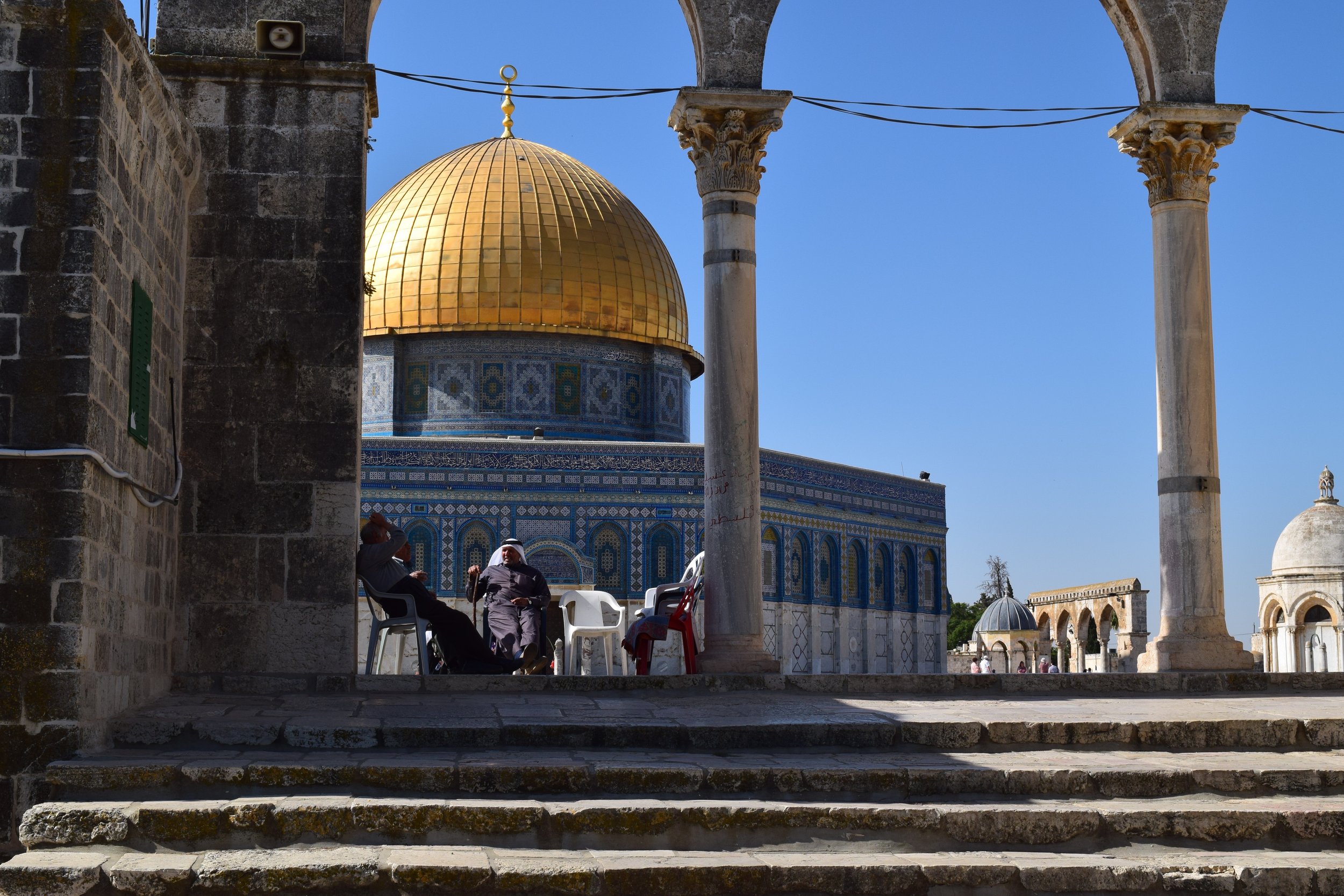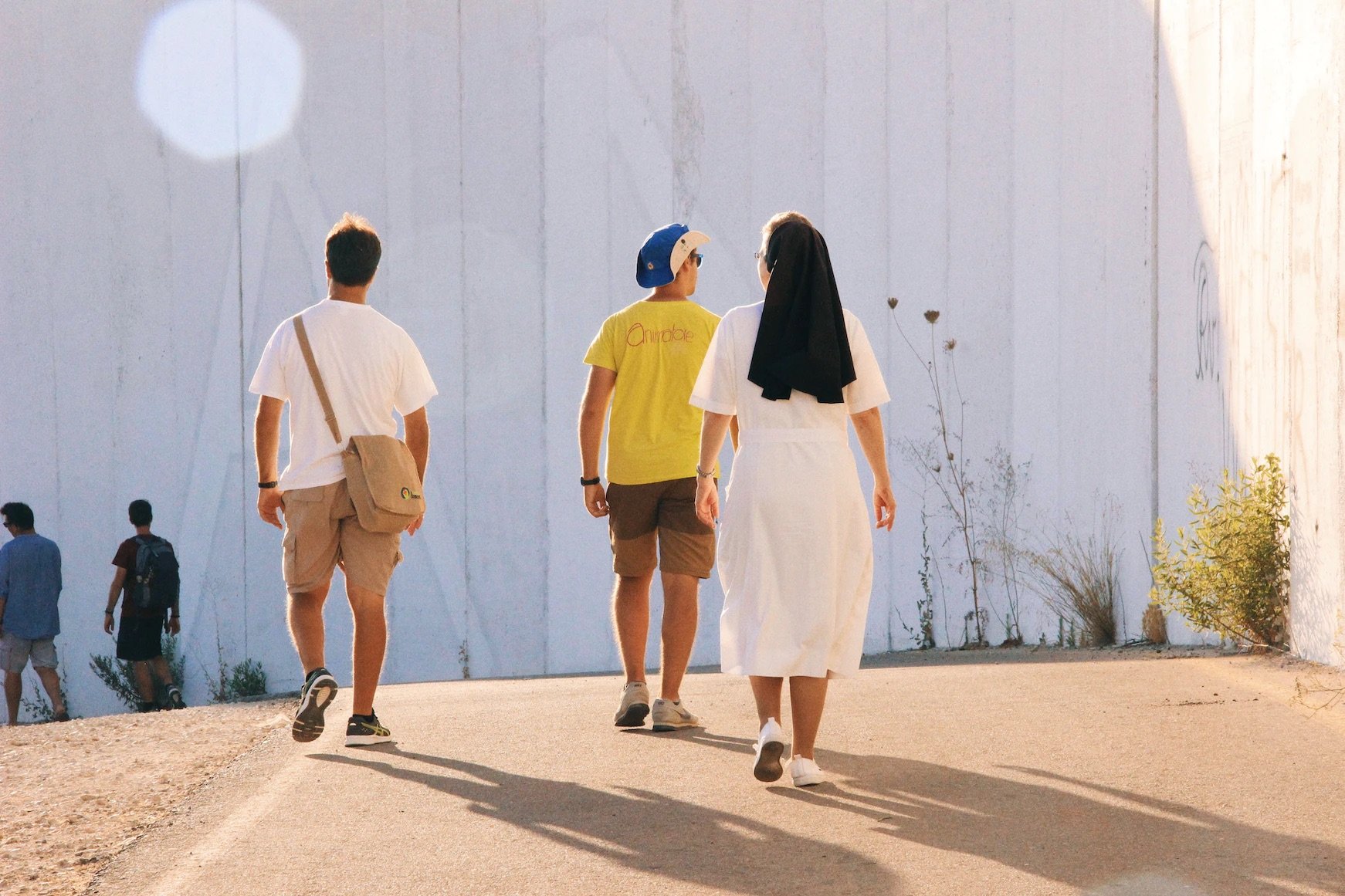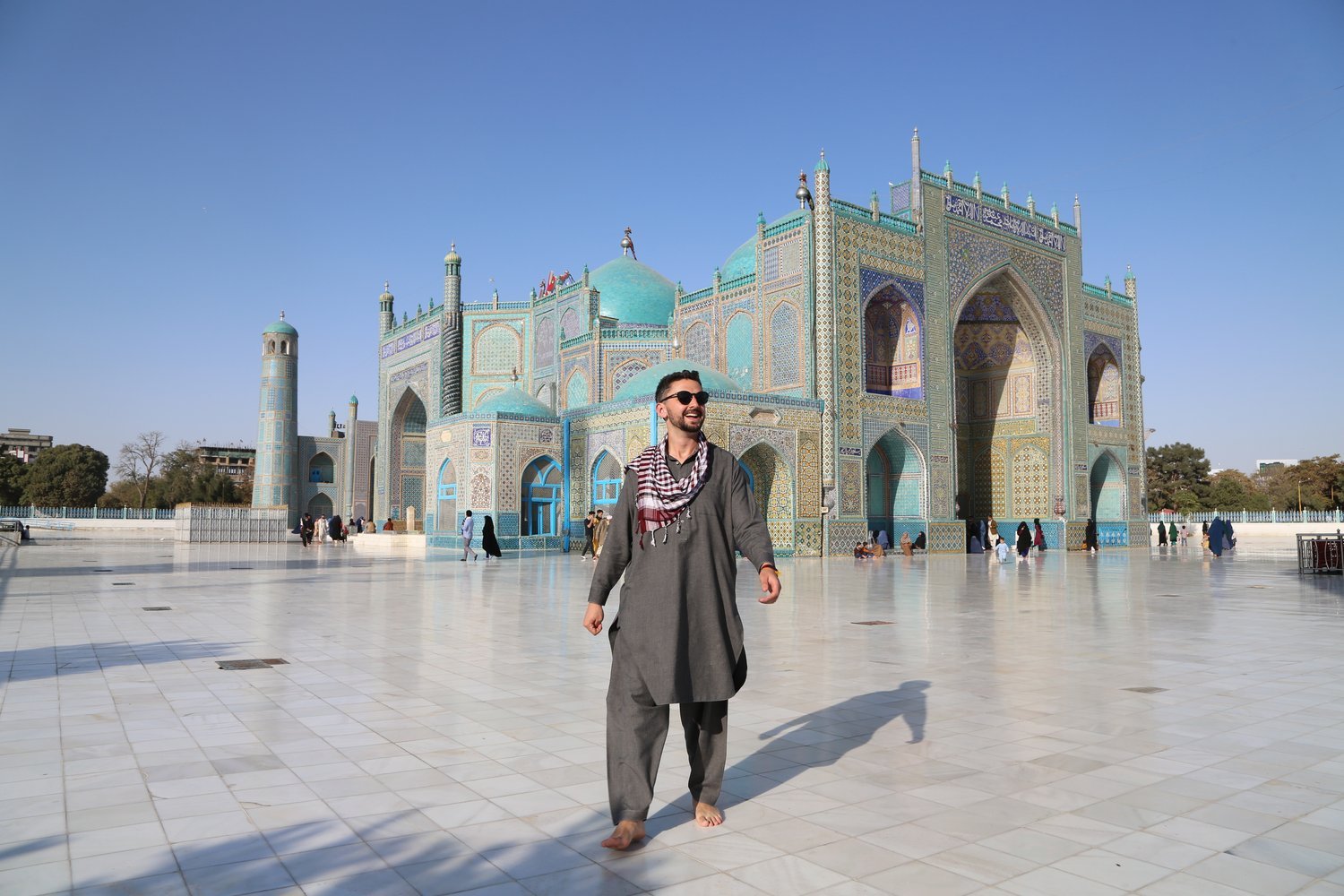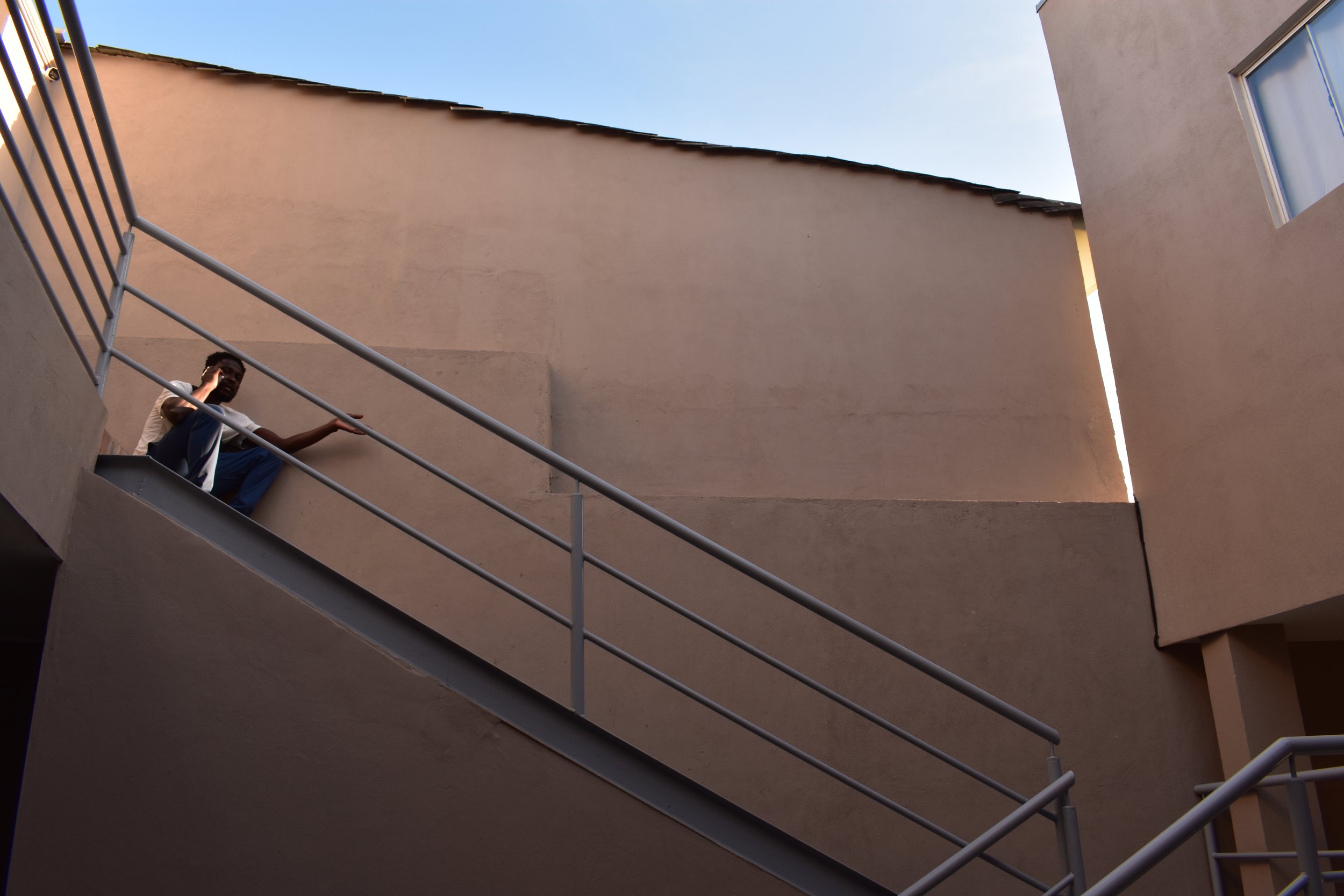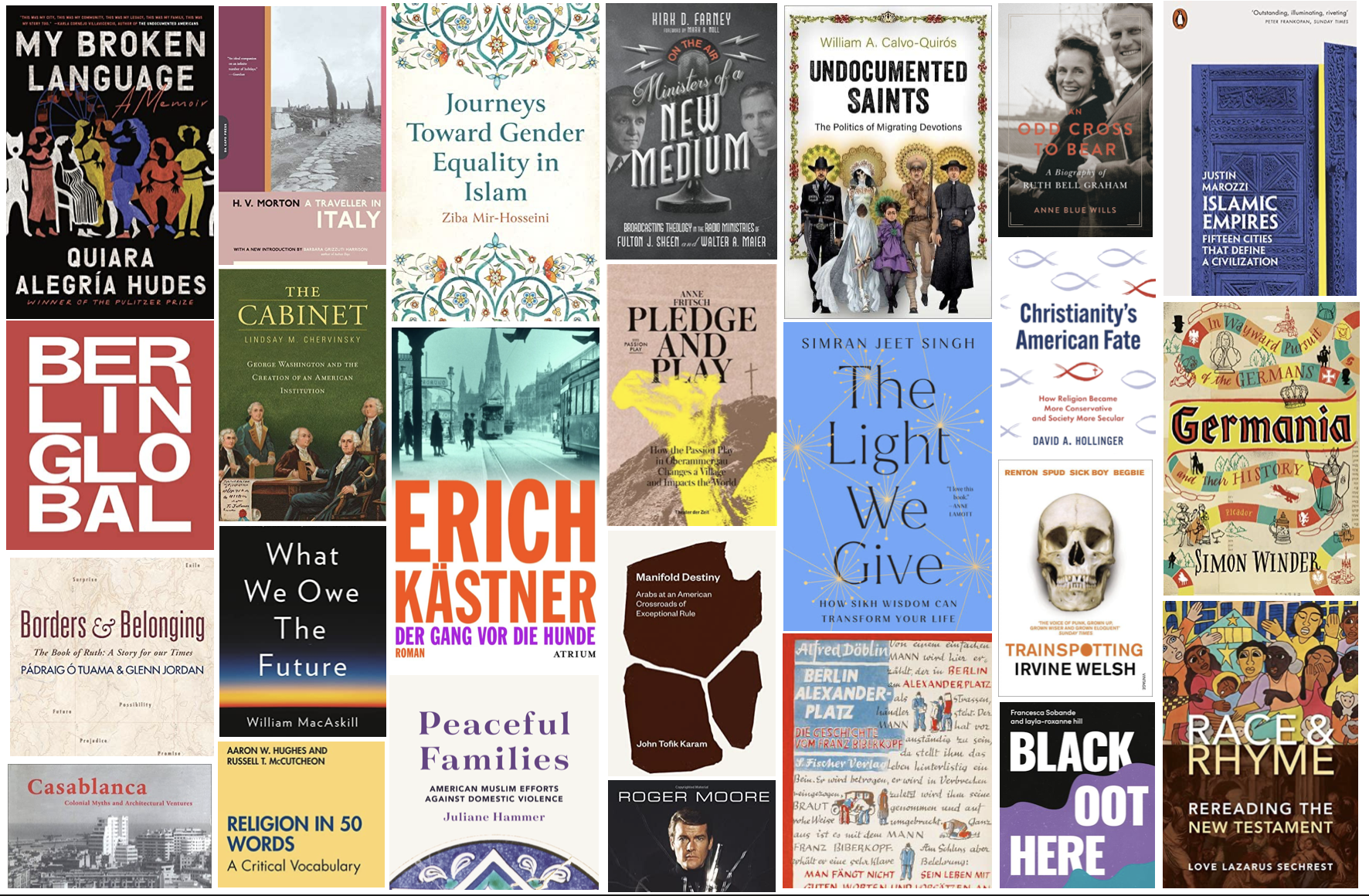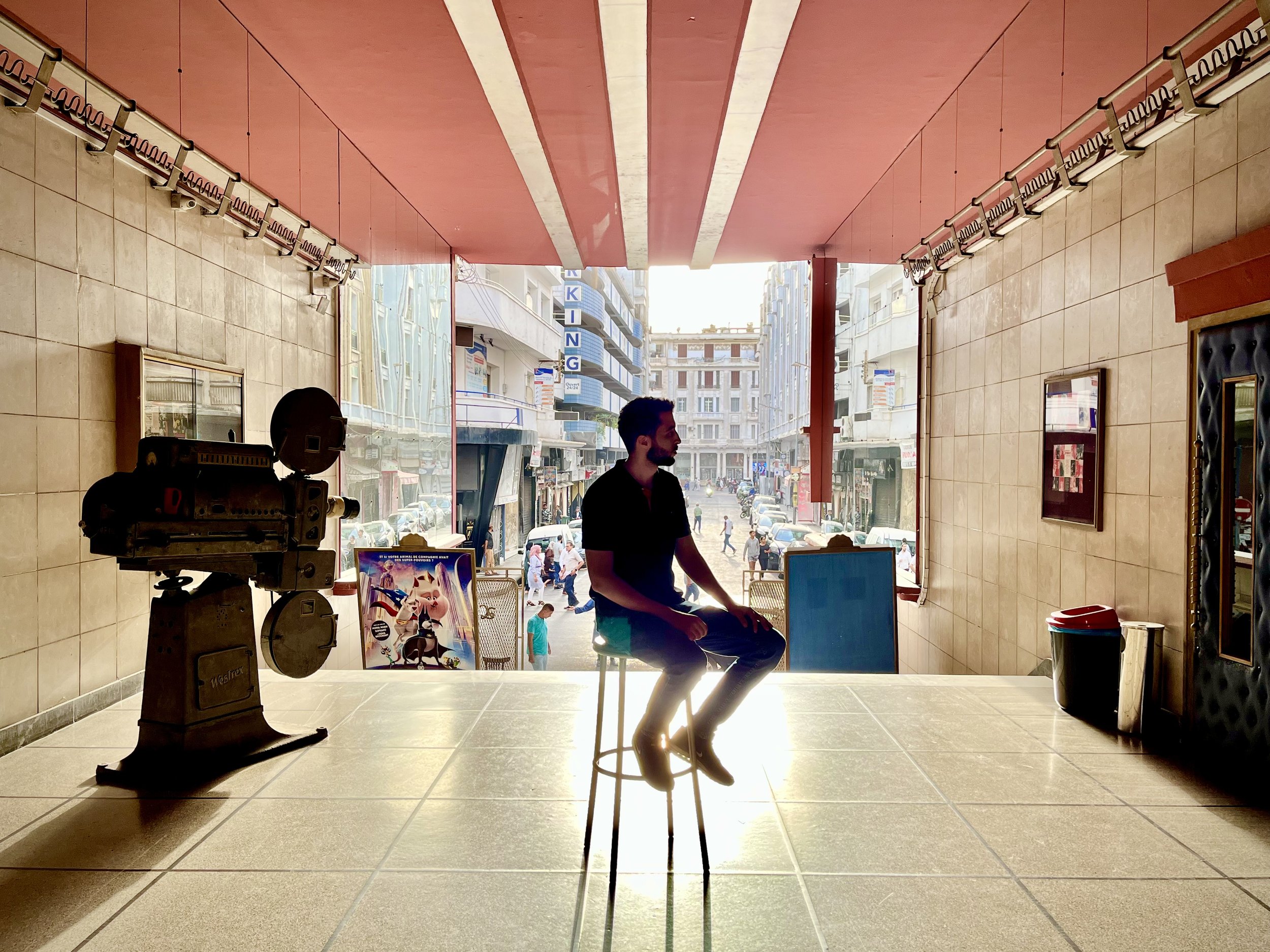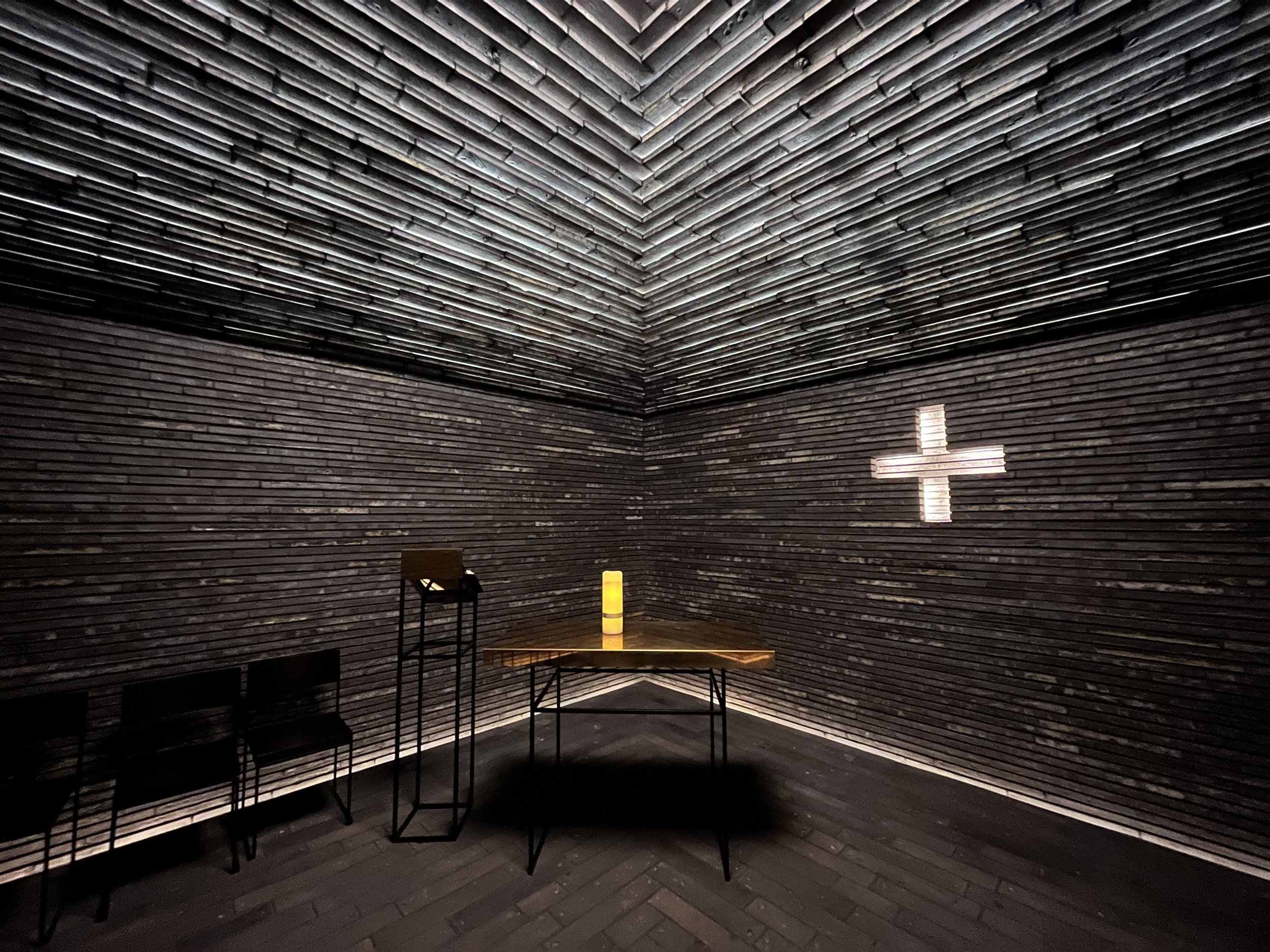As the summer travel season starts and the annual Hajj — the Islamic pilgrimage to holy sites in Saudi Arabia required of all Muslims who are able — is expected to begin on June 26, it seems a good time to reconsider the concept of “spiritual travel” or, more specifically, pilgrimage.
Pilgrimage is generally defined as a journey with a religious purpose, often taken to a place of spiritual significance involving certain rituals or paths.
More broadly, pilgrimage can be any journey and its associated activities, undertaken by people to and from one or more places made meaningful by the pilgrims themselves.
Though long associated with European Christianity in Western academia, or perhaps with significant sacred shrines like Mecca or Mount Kailash in Tibet, pilgrimage can also include trips to seemingly mundane places or movement to and from otherwise unexceptional locations.
Furthermore, pilgrimage is not restricted to institutional religions. Some pagans and others with a focus on old traditions (i.e., Reconstructionists or "Recons") travel to lands where they believe original gods were from or to ancient sites of significance. For example, a Greek Recon may go to Greece; Celtic practitioners to standing stones in the United Kingdom; heathens to Iceland; African traditionalists to significant sites in South Africa or Uganda.
Visits to nonreligious sites have also become increasingly popular as a form of pilgrimage in recent years. Large numbers of people find meaning in traveling to memorials of suffering, pain and bloodshed like the 9/11 Memorial in New York City or the “Killing Fields” of Cambodia. There are also pilgrimages to places linked to such pop culture icons as Elvis Presley, Susan B. Anthony, Steve Prefontaine or Taylor Swift.
With all these varying expressions, pilgrimage — like other religious rituals and phenomena — is what we make it. Less than looking for the transcendent meaning or chasing after miracles, the student of religion should pay attention to the human elements of spiritual travel: Things like tourism and economics, politics and place.
The importance of place, people and politics.
Journeys to holy sites and major religious celebrations can be shot through with multiple meanings, personal motivations, and traveling trajectories.
Take, for example, the pilgrimage experience of those who make the expedition to Tepeyac hill in modern-day Mexico City. There, each December, pilgrims from all over the world gather to celebrate the annual feast of the Virgen de Guadalupe, joining a centuries-old Catholic tradition of celebrating what is known as “the miracle on Tepeyac Hill.”
According to celebrants, it was at that spot that May, the mother of Jesus, appeared to a Nahua villager named Juan Diego. The cloak she gifted him included an image of herself as a radiating, brown-skinned goddess robed in stars. Despite its linkages with Spanish colonialism and forced conversion, the image and festival have enduring cultural importance in Mexico. After 500 years of devotion, the annual celebrations are some of the most robust in all of Catholicism.
But each year, it is not only Catholic devotees who make the pilgrimage to the Basilica of Guadalupe in Mexico City. So do some of the city’s Sufis. According to religion scholar Lucía Cirianni Salazar, members of the Nur Ashki Jerrahi tariqa in Mexico City join millions of others to commemorate the Virgin’s apparition. Justifying their presence from a universalist perspective, the leader of the group — Shaykha Amina — told Salazar that the location represents one of the most powerful places for connection to the “one God.”
This example reminds us that far from removing people from the world, pilgrimage is all about places in the world. Less about the world beyond, pilgrimage is often very much about places we inhabit and fill with meaning.
This means that although often associated with the extraordinary and faraway, pilgrimage sites can be local and surprisingly unremarkable. What matters is context and the meaning people give such locales.
Pilgrims frequently journey with the expectation of miracles or receiving spiritual blessings from contact with significant religious figures, symbols and artifacts (e.g., relics or icons). Or they expect the travel itself will provide some transcendent benefit. Even so, pilgrims' progress and practices are intimately tied up with the worldly dynamics of tourism, local economies and the embodied experience of bumping up against fellow pilgrims with blood, sweat and tears along the way.
Pilgrimage also has powerful political overtones. For example, the disputed site of Marian pilgrimage in Medjugorje, Bosnia and Herzegovina, is suffused with symbols of Croat nationalism, featuring prayer beads in national colors and Mary set against the backdrop of a Croatian national flag on everything from pillows to pillboxes. Still, despite its contentious place in the civil war of the 1990s and ongoing tensions in the Balkans, Medjugorje has become a huge draw for pilgrims drawn to its calls for peace and the renewal of faith along with prophecies of divine intervention.
Other pilgrimages such as the Hajj become playgrounds for political football, with nation-states and power brokers fighting over everything from logistics and management to the miracles and blessing associated with sacred sites.
The politics of pilgrimage are also at play around physical boundaries and borders that some spiritual travelers must contend with. Beyond visas and travel quotas, pilgrims must navigate the vicissitudes of state power and the various impediments that are put in place to deter, capture, or otherwise manage and control traveling bodies.
Those journeying to and from pilgrimage sites are often on the margins of official religious communities. Instead, their motivations for movement are linked to personal spiritual trajectories, frequently with little or nothing to do with institutionalized religion.
The physicality of pilgrimage must also be taken into consideration. To return to Tepeyac, Elaine Peña talks about Marian pilgrims’ “devotional labor.” Peña writes of “the moments of pain and discomfort” for pilgrims making their way to offer devotos to the Virgin of Guadalupe every December — “walking on blistering feet, proceeding on injured knees and cramped legs, with growling stomach and salty saliva, with too much light and too little sleep.”
Enjoy the journey.
As I write this blog, I am already starting to plan for my own travels this summer, including a visit to the largest mosque in the United Kingdom and some off-the-beaten-track churches in Berlin, Germany. While not explicitly pilgrimages, these trips will be filled with divine intimations.
This means I will be looking out for some of the very things mentioned above: The importance of place, the role of politics and economics and the position and plurality of bodies that inhabit a space or move around, through and within it.
Perhaps you too are getting ready for a trip. Maybe, you are embarking on a pilgrimage of your own this summer. As you do so, try to not only savor the spiritual importance of such travel, but the very human aspects of how these journeys are made holy in the midst of the mundane.
FURTHER READING:
•Read “A pilgrim’s progress: Resources for reporting on religious journeys,” from ReligionLink.
•Explore the Routledge Studies in Pilgrimage, Religious Travel and Tourism book series.
•Read Powers of Pilgrimage: Religion in a World of Movement, by Simon Coleman (2022).
•Explore the Oxford Bibliography on Pilgrimage for numerous resources, studies and possible sources.







